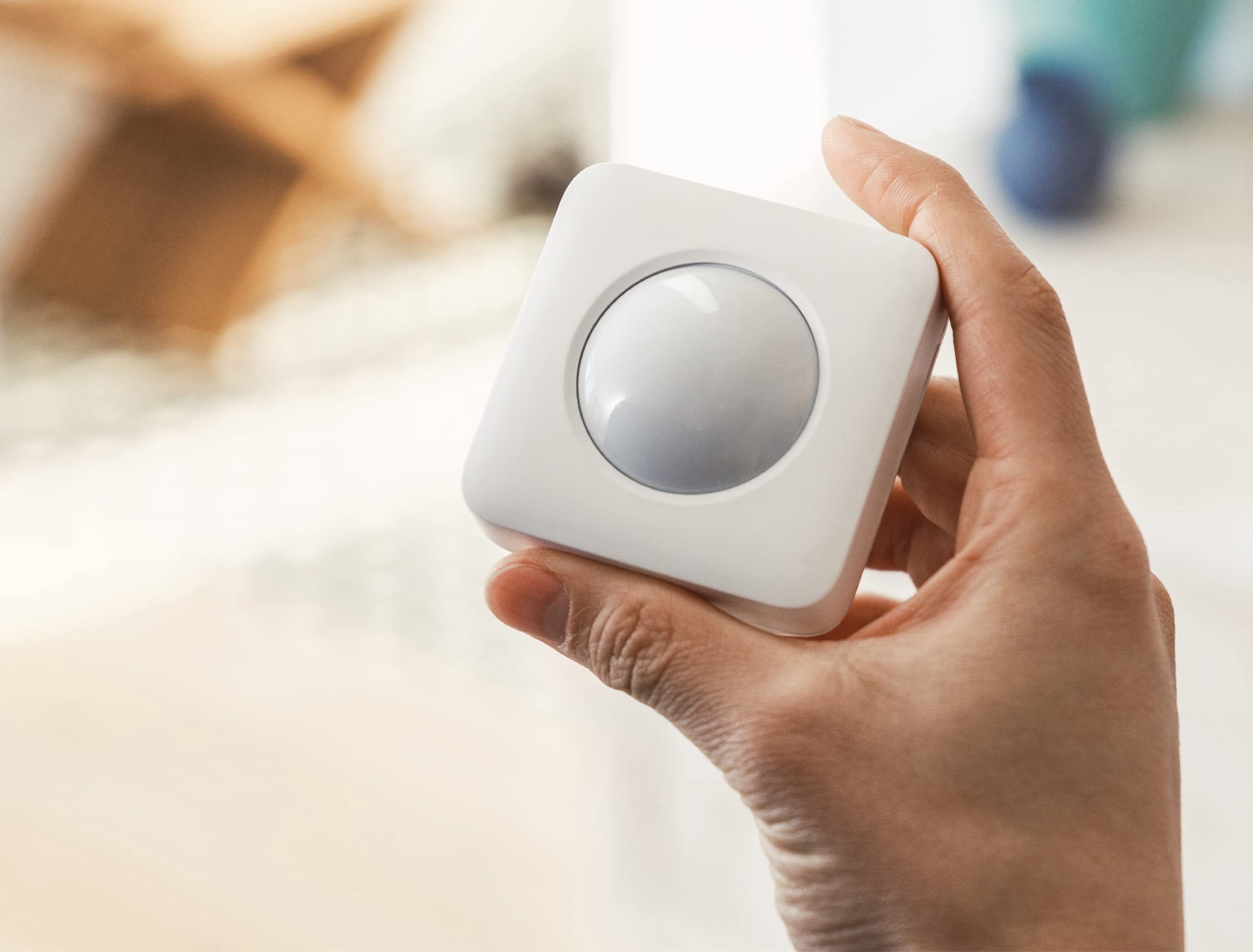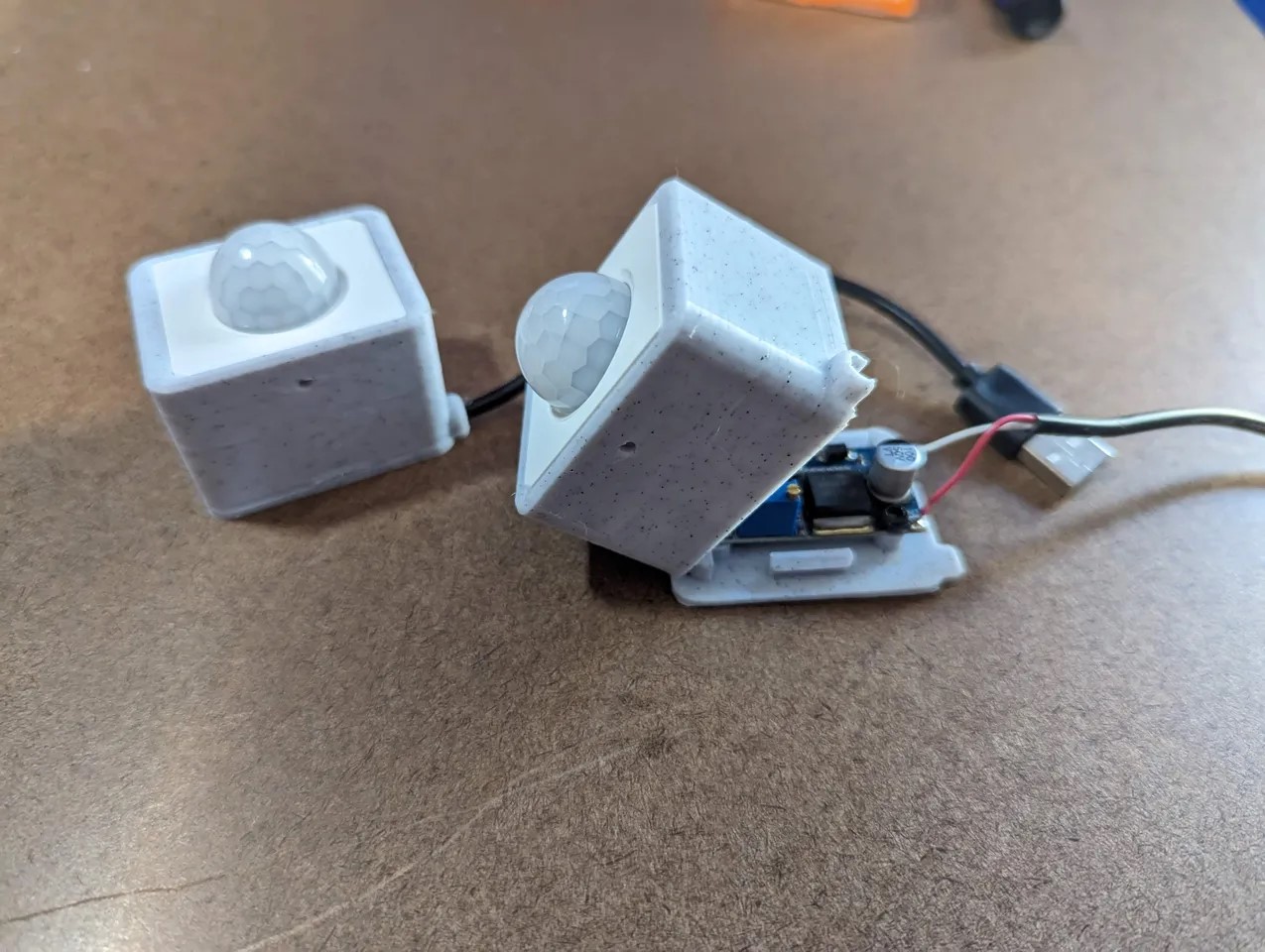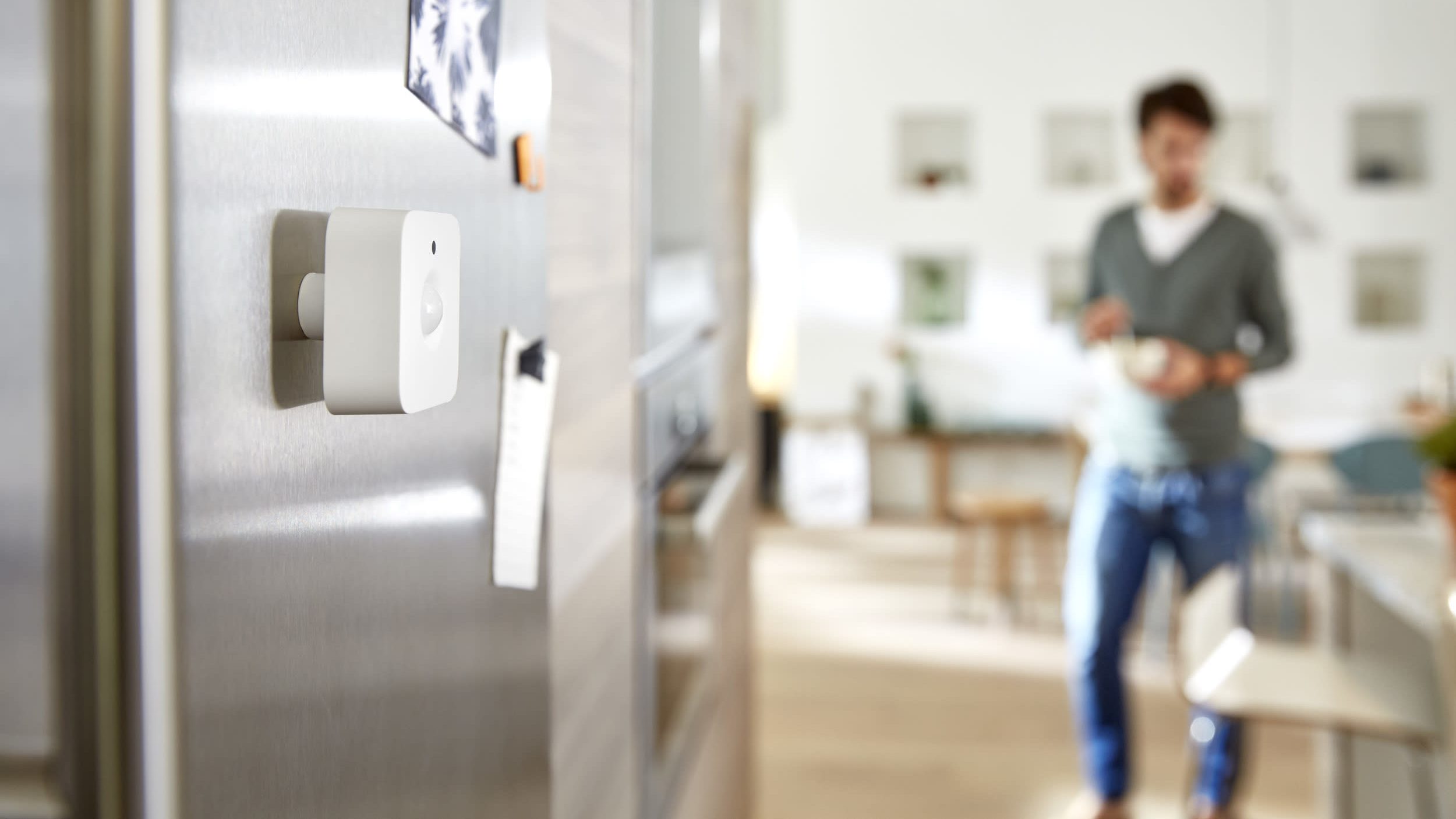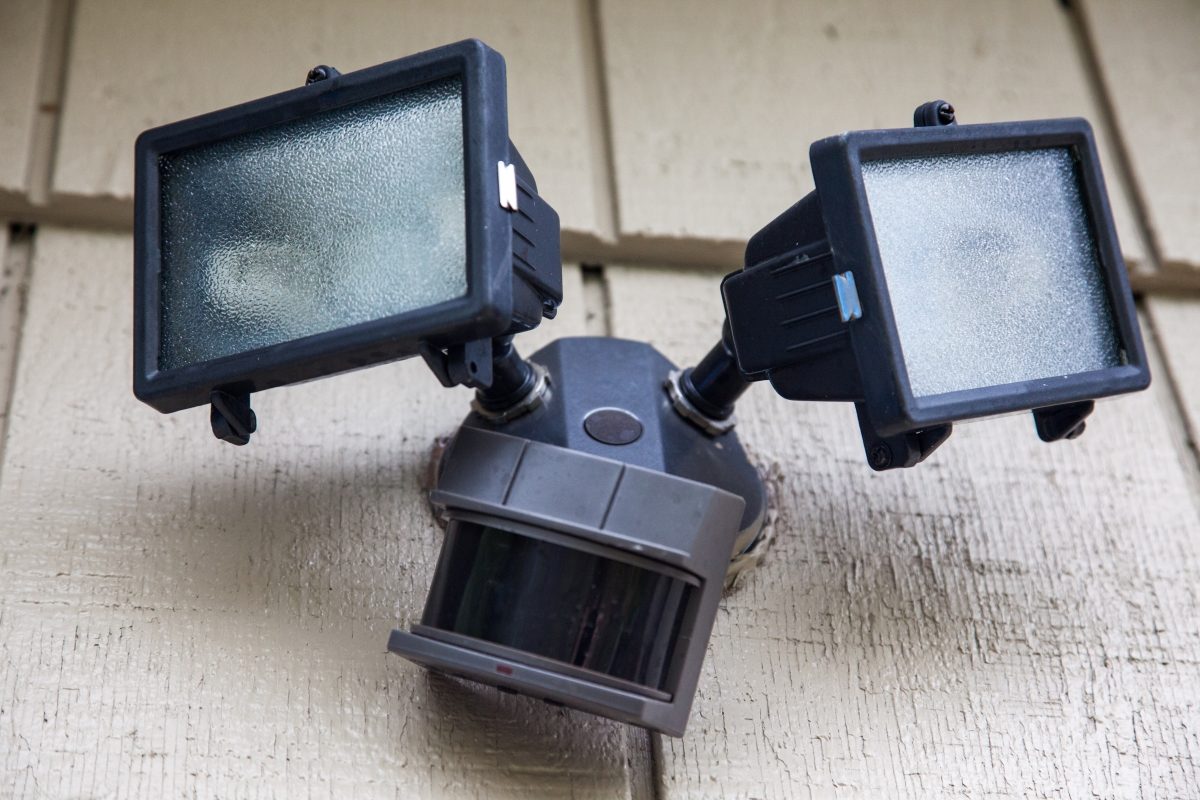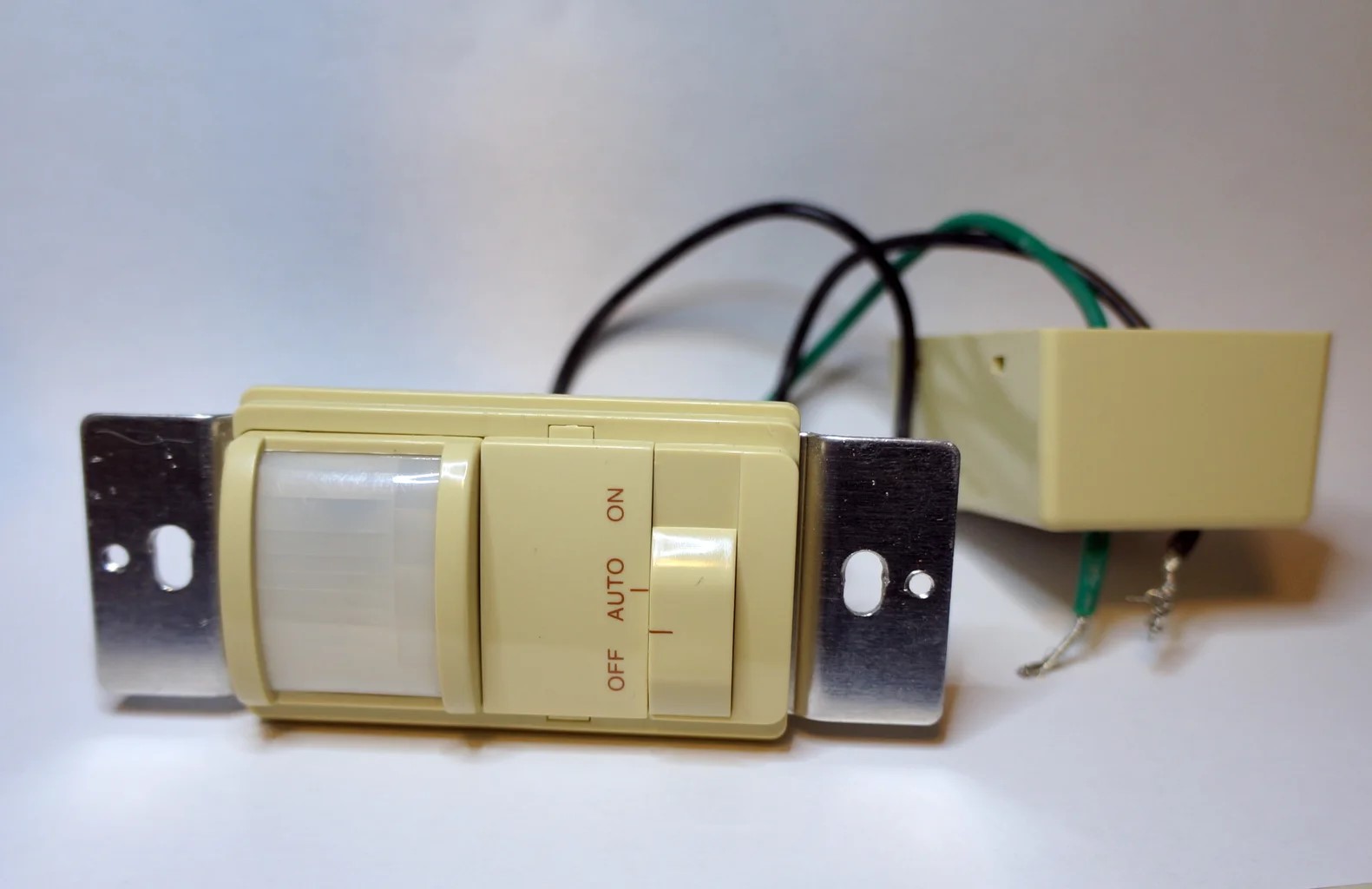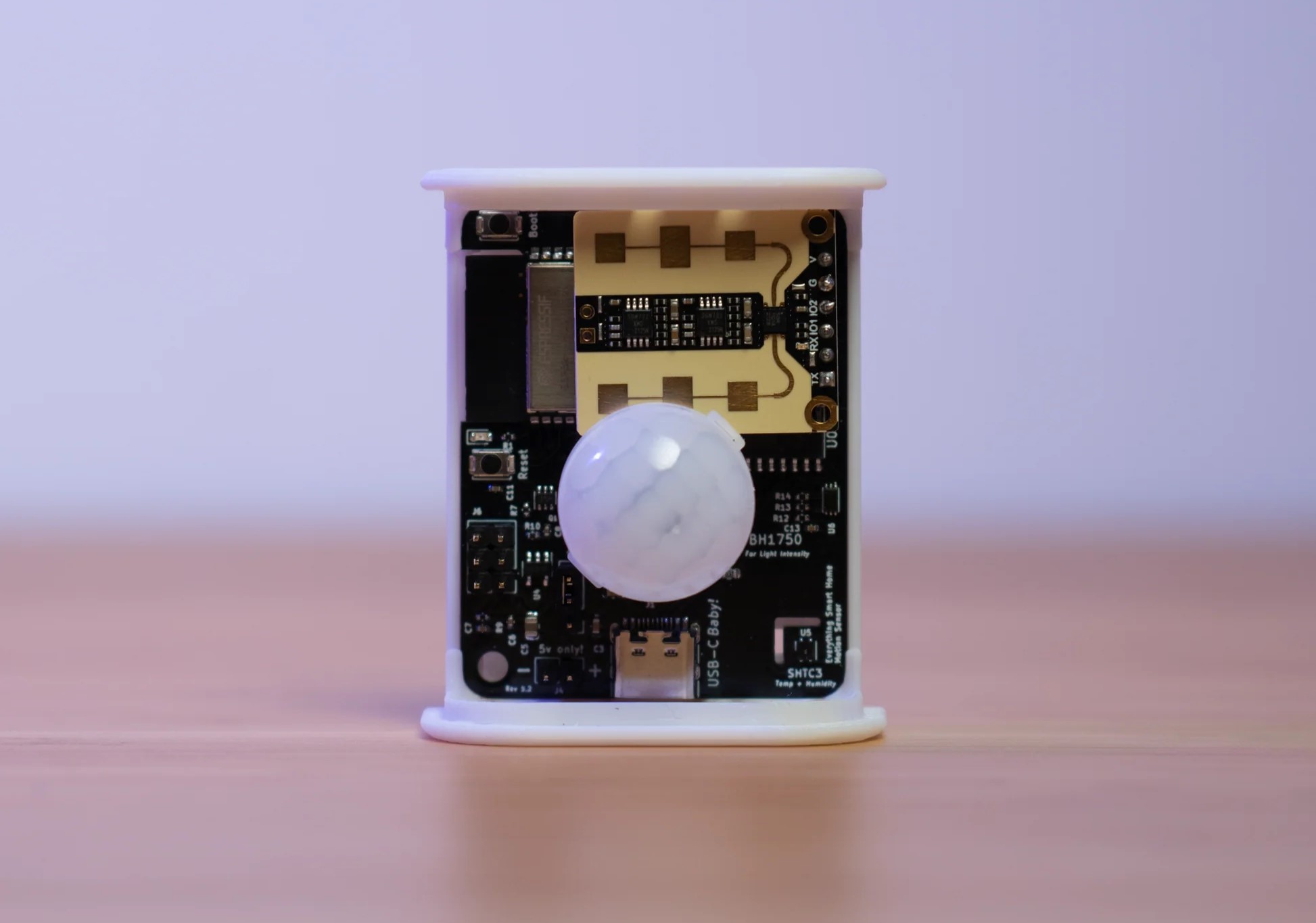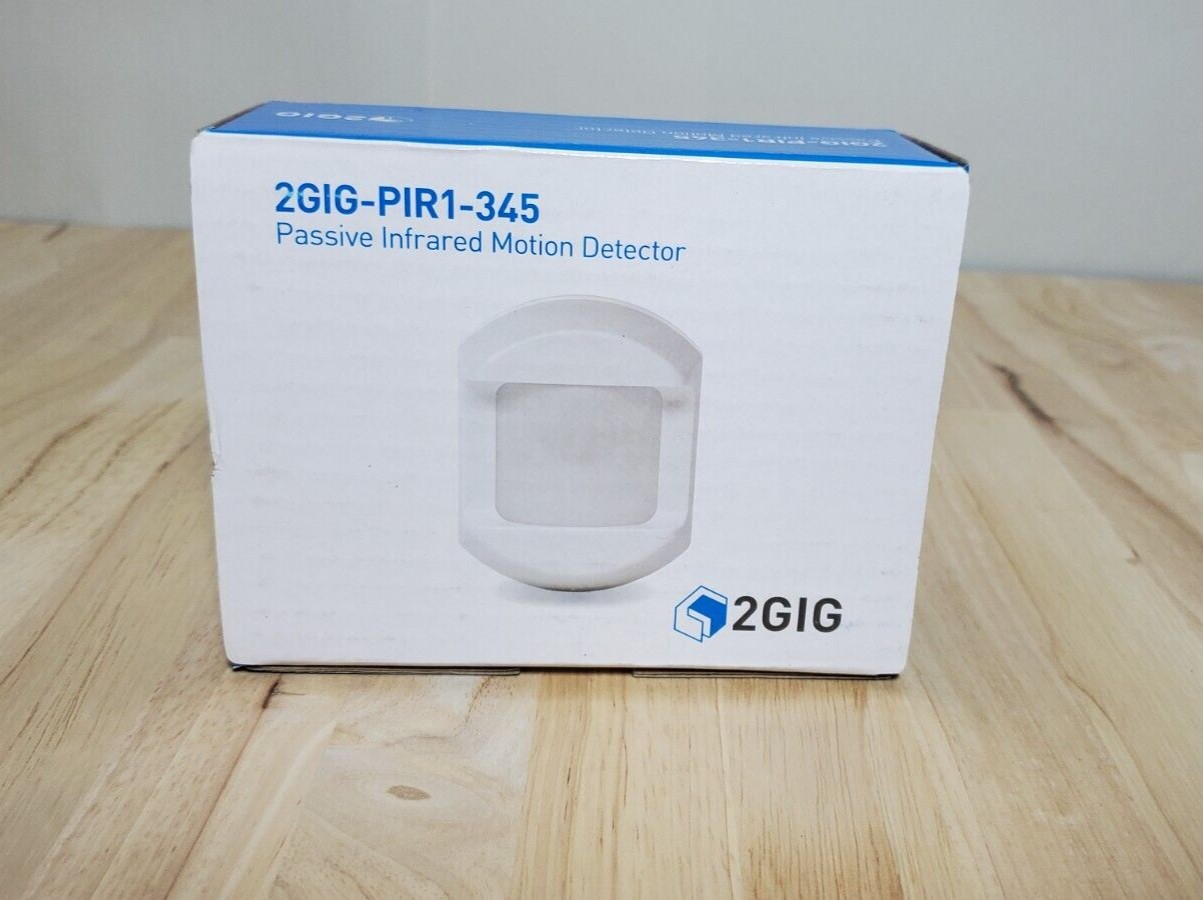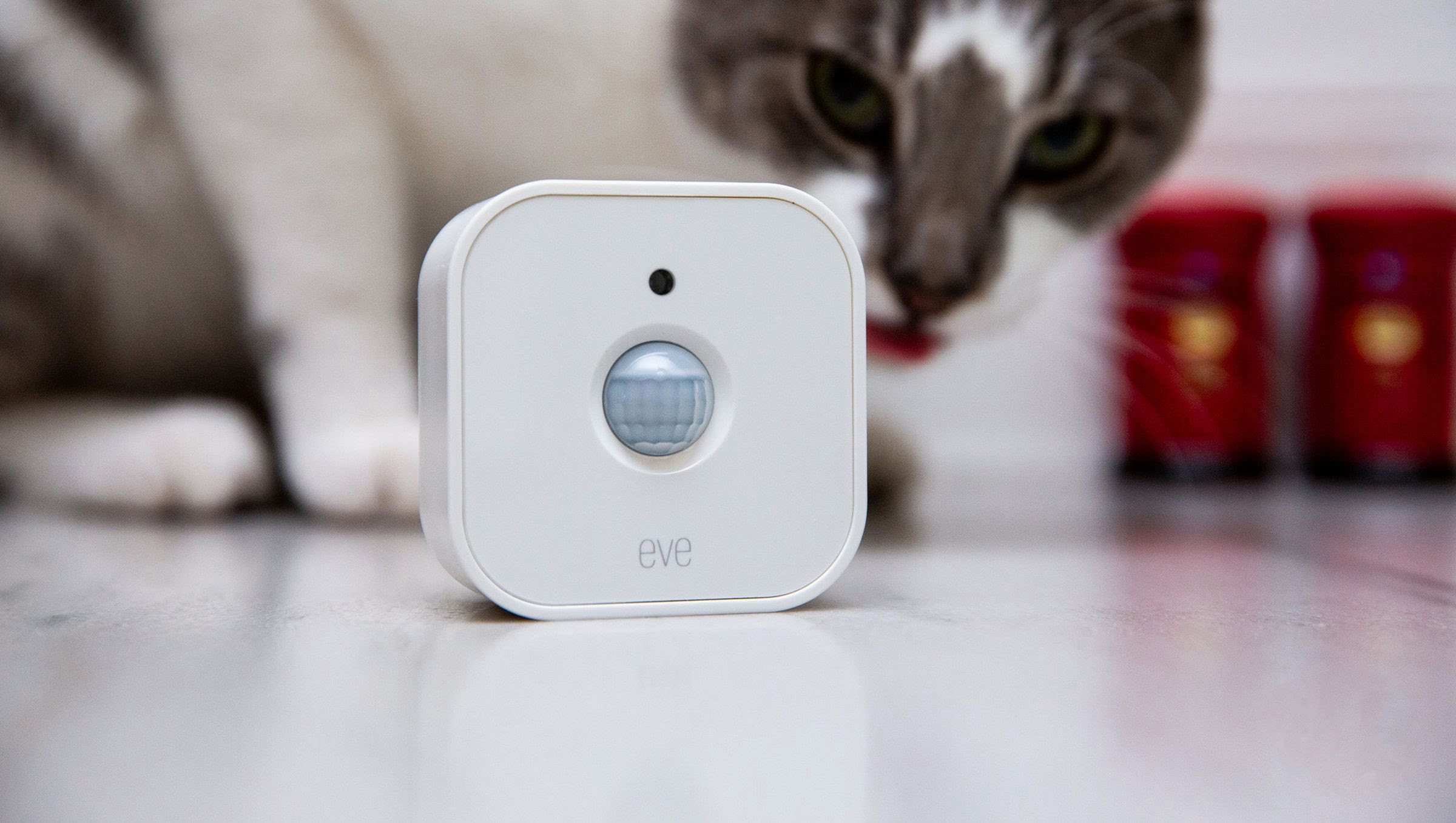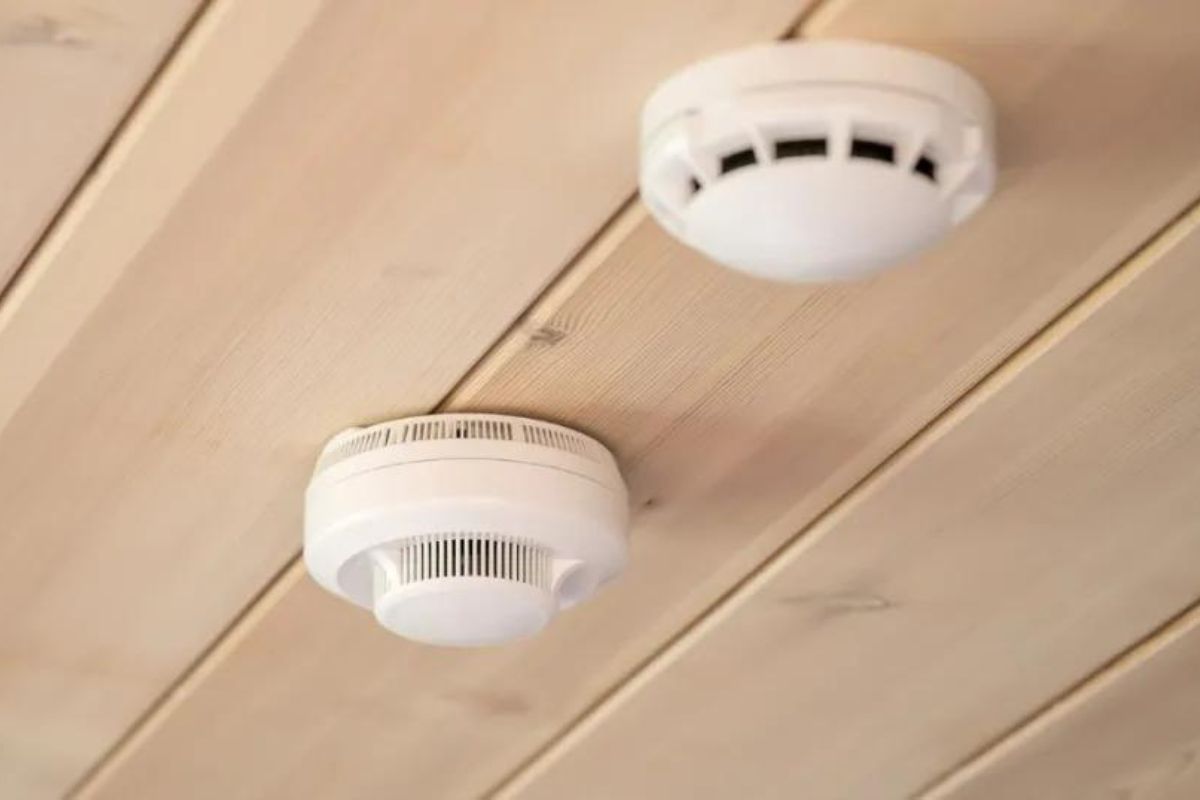Home>Home Security and Surveillance>How Much To Charge For Installing A Motion Detector
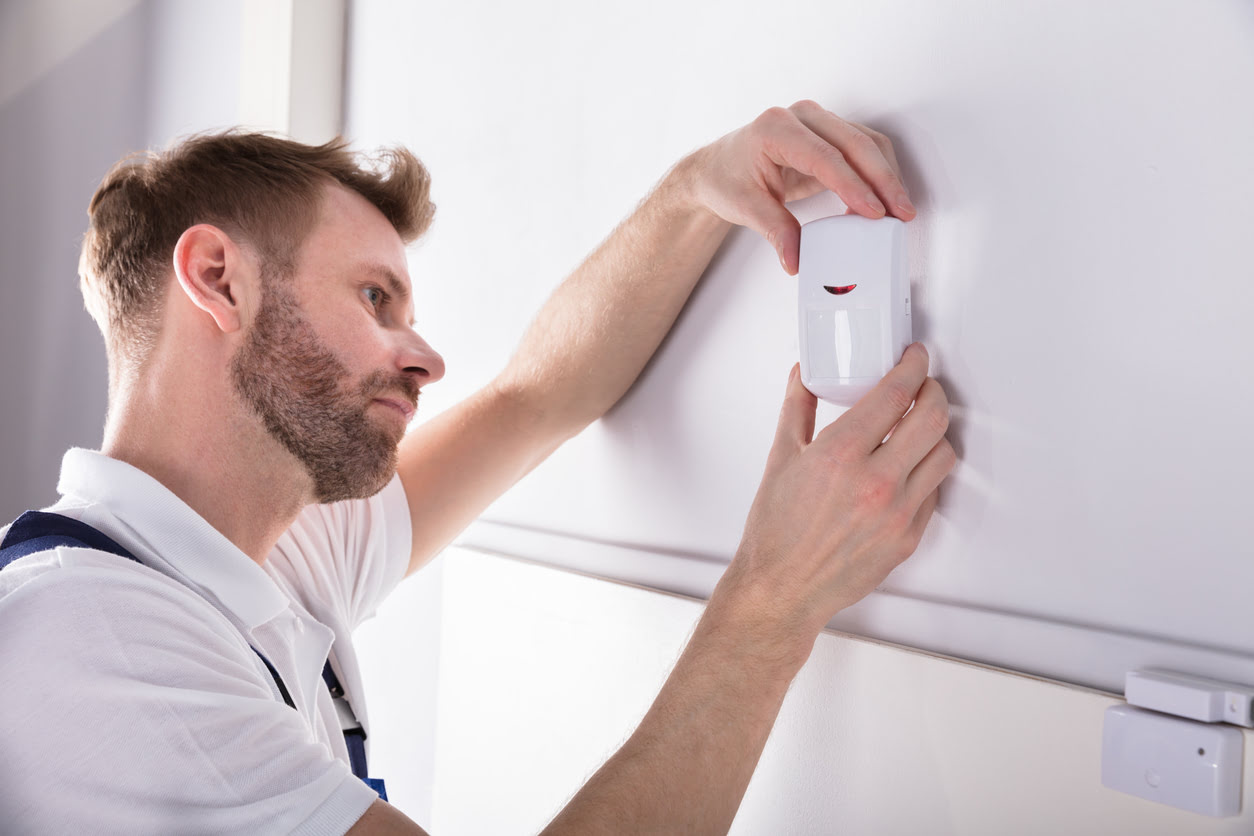

Home Security and Surveillance
How Much To Charge For Installing A Motion Detector
Modified: November 1, 2024
Find out how much to charge for installing a motion detector in your home. Enhance your home security and surveillance with professional installation services.
(Many of the links in this article redirect to a specific reviewed product. Your purchase of these products through affiliate links helps to generate commission for Storables.com, at no extra cost. Learn more)
Introduction
When it comes to home security, installing a motion detector can be a crucial step in safeguarding your property. Motion detectors are electronic devices that use sensors to detect movement within an area, triggering an alarm or other security measures. They can be highly effective in deterring burglars and alerting homeowners to potential intrusions.
However, if you’re considering installing a motion detector, you might be wondering how much it will cost you. The price can vary depending on a range of factors, including the type and quality of the motion detector, the complexity of the installation, and additional equipment or materials required.
In this article, we will explore the various factors that can affect the cost of installing a motion detector. By understanding these factors, you’ll be better equipped to make an informed decision and ensure you receive a fair quote for the installation.
Whether you’re looking to enhance the security of your home or office, a motion detector can be a valuable investment. Don’t let the potential cost deter you from taking this crucial step in protecting your property and loved ones. Let’s delve into the factors that can influence the overall cost of installing a motion detector.
Key Takeaways:
- Installing a motion detector can cost between $20 to $300, depending on the type, quality, and complexity. It’s crucial to balance budget and security needs for a fair quote.
- Consider factors like location, labor costs, and additional materials when estimating the overall expense. Obtain multiple quotes to ensure a reliable and efficient installation within your budget.
Read more: How To Install Xfinity Motion Detector
Factors to Consider
Before diving into the cost of installing a motion detector, it’s important to consider a few key factors that can impact the overall pricing. These factors will play a significant role in determining the type of motion detector you need and the complexity of the installation process.
1. Type of Motion Detector:
There are different types of motion detectors available on the market, including passive infrared (PIR) detectors, microwave detectors, and dual-technology detectors. PIR detectors are the most common and affordable option, while dual-technology detectors offer a higher level of accuracy but come with a higher price tag. The type of motion detector you choose will affect the overall cost of installation.
2. Quality and Features:
The quality and features of a motion detector can vary widely. Some detectors may come with advanced features like pet immunity, adjustable sensitivity, and night vision capabilities, which can drive up the cost. It’s essential to consider your specific needs for security and determine the level of quality and features required.
3. Wired or Wireless:
An important consideration when installing a motion detector is whether to opt for a wired or wireless system. While wired systems may have a higher upfront cost due to the need for cables and professional installation, they tend to be more reliable and less prone to interference. On the other hand, wireless systems offer easier installation but may require periodic battery replacements.
Read more: How To Install Philips Motion Detector
4. Integration with Existing Security System:
If you already have a security system in place, you’ll need to consider whether the motion detector can seamlessly integrate with your existing setup. This may require additional setup and programming, which can impact the overall cost.
5. Aesthetics and Placement:
The placement and aesthetics of the motion detector can also affect the cost of installation. If you prefer a discreet or hidden installation, additional work may be required to conceal the device and run wiring, which can increase the overall cost.
By carefully considering these factors, you can determine the specific requirements for your motion detector installation and estimate the associated costs more accurately. Keep in mind that while cost is a crucial factor, it’s essential to prioritize the security and functionality of the system to ensure peace of mind for you and your family.
Cost of the Motion Detector
The cost of a motion detector can vary depending on factors such as brand, quality, and additional features. On average, a basic motion detector can range from $20 to $100, while more advanced models with enhanced features can cost anywhere from $100 to $300 or more.
When selecting a motion detector, it’s important to strike a balance between your budget and the level of security you desire. Consider the specific needs of your home or property to determine the appropriate type and quality of motion detector required. Investing in a reliable and durable motion detector may be more expensive upfront but can provide long-term peace of mind.
In addition to the cost of the motion detector itself, you may also need to consider the cost of any additional accessories or components that are required for the installation. These can include mounting brackets, screws, batteries, and wiring, all of which can contribute to the overall cost.
Remember that purchasing a high-quality motion detector from a reputable manufacturer can ensure optimal performance and durability. Cheaper options may not provide the same level of reliability or accuracy, potentially compromising the security of your property.
Be sure to do thorough research and compare prices from different suppliers before making your purchase. Look for product reviews, warranties, and certifications to ensure you are getting a motion detector that meets your needs and provides reliable performance.
While the cost of the motion detector is an important consideration, it is equally essential to factor in the installation cost as well. The complexity of the installation process can often influence the overall cost significantly. In the next section, we will explore the factors that impact the complexity of motion detector installation, which will help you estimate the installation expenses more accurately.
Complexity of the Installation
The complexity of installing a motion detector can vary depending on factors such as the type of motion detector, the location where it will be installed, and the existing infrastructure of your property. Understanding the complexity of the installation process can help you assess the level of expertise required and determine any additional costs that may be involved.
If you opt for a wireless motion detector, the installation process is generally straightforward and can often be done as a DIY project. Wireless detectors typically come with user-friendly instructions, allowing you to mount them on walls or ceilings easily. However, keep in mind that depending on the location and accessibility, you may still require professional assistance to ensure proper placement and alignment for optimal performance.
On the other hand, wired motion detectors can be more complex to install. They require running wires from the detector to the control panel or receiver, which may involve drilling holes, concealing wiring, and connecting it to your existing security system. Hiring a professional installer is highly recommended for wired setups to ensure proper installation and minimize the risk of electrical faults or interference.
The layout and structure of your property can also impact the complexity of the installation. If your property is already pre-wired for security systems or has existing infrastructure in place, the installation process may be simpler and require less effort. However, if there is no existing infrastructure, additional work may be needed to route wiring, conceal it in walls or ceilings, or install junction boxes.
In some cases, accessing certain areas of your property may present challenges. Difficult-to-reach locations or areas with limited space can make installation more labor-intensive and time-consuming. Examples include high ceilings, narrow hallways, or installations in outdoor areas where weatherproofing is required. These factors can contribute to increased costs due to the additional time and effort required for installation.
It’s crucial to assess the complexity of the installation process before proceeding. If you’re unsure or uncomfortable with DIY installation, it’s advisable to seek professional assistance. They have the expertise and tools necessary to ensure a proper and efficient installation, saving you time and potential headaches in the long run.
Now that we’ve discussed the complexity of the installation process, let’s move on to the next factor that can influence the overall cost: the location and accessibility of the installation area.
Read more: How Much Is A Motion Detector Sensor
Location and Accessibility
The location where you plan to install the motion detector can impact both the ease of installation and the associated costs. The accessibility of the installation area, as well as any unique considerations, can influence the time and resources required for proper installation.
Indoor installations typically pose fewer challenges in terms of accessibility. Mounting a motion detector on a wall or ceiling in a standard room can usually be done with relative ease. However, if you have specific requirements for placement, such as mounting it in a corner or at a specific height, additional work may be necessary. This can include drilling holes, running wires, or using mounting brackets to ensure proper alignment.
Outdoor installations can be more complex due to factors such as weatherproofing requirements and the need for more extensive wiring. If you plan to install a motion detector outside your property, consider factors such as exposure to rain, sun, or extreme temperatures. The motion detector and any associated wiring should be properly protected to ensure longevity and optimal performance.
In some cases, the location of the installation area may require additional effort or specialized equipment. For example, installing a motion detector on a high ceiling, a steeply pitched roof, or an area that requires a ladder or scaffolding for access can increase the overall installation cost. These factors add complexity and may require additional labor or equipment to ensure a safe and secure installation.
Furthermore, consider the visibility and detection range required for your specific needs. The motion detector should be strategically placed to maximize coverage and minimize blind spots. This may involve multiple detectors or careful positioning to account for different angles and areas of the property that need coverage.
Ultimately, the location and accessibility of the installation area should be carefully considered when estimating the cost. Complex installations or those in hard-to-reach areas may require professional assistance, which can impact the overall cost. It’s important to assess your specific needs and budget accordingly to ensure a successful installation.
Next, we will explore additional equipment and materials that may be needed for the installation and how they can influence the overall cost.
Additional Equipment and Materials Needed
In addition to the motion detector itself, there are various additional equipment and materials that may be required for a successful installation. These items play a crucial role in ensuring proper functionality, durability, and integration with your existing security system. It’s essential to consider these factors when estimating the overall cost of installing a motion detector.
Mounting Brackets and Hardware:
Depending on the type of motion detector and the location of the installation, you may need specific mounting brackets and hardware. These items are used to securely attach the motion detector to the wall, ceiling, or other surfaces. The cost of these brackets and hardware should be factored into the overall installation cost.
Wiring and Cables:
If you opt for a wired motion detector, you will need wiring and cables to connect the detector to the control panel or receiver. The length and type of wiring required will depend on the distance between the detector and the control panel and any existing infrastructure. Consider the cost of the wiring and cables, as well as any additional connectors or junction boxes that may be needed.
Read more: How To Install Motion Detector Flood Lights
Batteries and Power Supply:
For wireless motion detectors, batteries are typically required to power the device. It’s important to consider the cost of high-quality batteries and factor in the frequency of replacement to ensure uninterrupted performance. Additionally, if the motion detector requires a power supply, such as being plugged into an electrical outlet, take into account any necessary wiring or adapters.
Weatherproofing Materials:
If you intend to install a motion detector outdoors or in an area exposed to the elements, weatherproofing materials may be necessary. These can include seals, gaskets, or waterproof enclosures to protect the device and wiring from moisture or extreme weather conditions. The cost of these materials should be considered when estimating the installation expenses.
Integration with Existing Security System:
If you have an existing security system, you may need additional equipment or modules to integrate the motion detector seamlessly. This can include control panels, receivers, or software updates, depending on the compatibility and requirements of your system. The cost of these integration components should be factored into the overall installation cost.
By assessing the specific equipment and materials needed for your motion detector installation, you can more accurately estimate the overall cost. Remember to consider the quality and compatibility of these items to ensure optimal performance and longevity for your security system.
In the next section, we will delve into the labor costs involved in the installation process and how they can impact the overall expenses.
Labor Costs
When installing a motion detector, labor costs are an important component to consider. Depending on the complexity of the installation, hiring a professional may be necessary to ensure a proper and efficient setup. Labor costs can vary based on factors such as the location, the expertise of the installer, and the time required to complete the installation.
For a simple DIY installation of a wireless motion detector, you can eliminate labor costs. However, keep in mind that professional assistance may still be beneficial for ensuring optimal placement and alignment.
If you opt for a professional installation, the cost will depend on various factors. These include:
Expertise and Experience:
The expertise and experience of the installer can influence the labor cost. Highly skilled professionals who specialize in home security and surveillance systems may charge higher rates due to their expertise and level of service.
Location and Accessibility:
The location and accessibility of the installation area can impact labor costs. If the installation requires additional effort or specialized equipment, such as reaching high ceilings or climbing rooftops, the labor cost may be higher due to the added complexity and time involved.
Complexity of the Installation:
The complexity of the installation process can also affect labor costs. Wired installations, outdoor setups, or integration with existing security systems may require more time and expertise, resulting in higher labor charges.
Additional Services:
Depending on the installer, additional services such as system configuration, programming, or testing may be offered at an additional cost. These services can ensure that the motion detector is properly integrated into your security system and functioning optimally.
It’s advisable to obtain multiple quotes from different installers to compare labor costs and service offerings. However, be cautious of extremely low prices, as they may indicate a lack of experience or subpar quality of work. It’s crucial to strike a balance between affordability and expertise to ensure a successful installation.
By factoring in labor costs, you can have a more comprehensive understanding of the total expenses involved in installing a motion detector. Remember that investing in professional installation can provide peace of mind, ensuring that your motion detector is installed correctly and functioning at its best.
Now that we have discussed the various factors that can impact the overall cost of installing a motion detector, let’s move on to the importance of obtaining multiple quotes and how it can help you make an informed decision.
Obtaining Multiple Quotes
When it comes to installing a motion detector, it’s important to obtain multiple quotes from different installers or security companies. Getting multiple quotes allows you to compare prices, services offered, and the expertise of the installers. This process helps you make an informed decision and ensures you receive a fair and competitive price for the installation.
Comparison of Prices:
By obtaining multiple quotes, you can compare the prices offered by different installers. This allows you to get an idea of the average cost for the installation and identify any outliers. Be cautious of significantly low prices, as they may indicate substandard service or the use of low-quality equipment.
Evaluation of Services Offered:
Along with the price, it’s important to evaluate the services offered by each installer. Look for installers who provide a comprehensive package, including system configuration, programming, and any necessary testing. Ensuring that the installer has the expertise to handle the specific requirements of your installation is crucial.
Assessment of Expertise:
Reputable installers will have years of experience and expertise in the field of home security and surveillance. Obtaining multiple quotes allows you to assess the knowledge and skills of different installers, ensuring that the professional handling your installation is qualified and reliable.
Review of Customer Feedback and References:
Ask each installer for customer feedback or references from previous installations. This provides insights into the quality of their work and their ability to meet customer expectations. Reading reviews or speaking to previous customers can help you gauge the professionalism and reliability of the installer.
Negotiation Power:
Having multiple quotes gives you negotiation power. If you have a preferred installer based on their expertise and reputation, you can use other quotes as leverage to negotiate a better price or additional services included in the installation package.
Remember, the goal is to find a balance between affordability and quality. Cheaper quotes may seem attractive, but it’s crucial to assess the expertise and reputation of the installer. Ultimately, investing in a reliable and experienced installer ensures a proper installation that meets your security needs.
Once you have evaluated multiple quotes and selected your preferred installer, be sure to review the contract thoroughly before signing. Ensure that all the agreed-upon services and pricing are accurately reflected in the contract to avoid any misunderstandings down the line.
Now that we’ve discussed the importance of obtaining multiple quotes, let’s conclude our exploration of the factors influencing the cost of installing a motion detector.
Conclusion
Installing a motion detector in your home or office can significantly enhance your security and provide peace of mind. While the cost of installation may vary depending on several factors, understanding these factors can help you estimate the overall expenses more accurately.
When considering the cost of installing a motion detector, it’s important to take into account the type and quality of the detector, the complexity of the installation, the location and accessibility of the installation area, the need for additional equipment and materials, and the labor costs involved.
By carefully assessing each factor and obtaining multiple quotes from reputable installers, you can ensure that you receive a fair price for the installation. Remember to prioritize the expertise and reputation of the installer over cheaper options to ensure a proper and efficient installation.
While cost is an important consideration, it’s equally vital to invest in a high-quality motion detector that meets your security needs. Consider the specific features and capabilities required, such as adjustable sensitivity, night vision, or integration with an existing security system.
Installing a motion detector is a valuable step toward enhancing the security of your property. It serves as a deterrent to potential intruders and provides an early warning system in the event of any suspicious activity. Proper installation and maintenance of the motion detector are essential to ensure its optimal functionality.
Remember to prioritize your personal safety and security when making decisions regarding your home or office security. Consult with security professionals, gather information, and thoroughly research your options before proceeding with the installation.
In conclusion, by considering the factors that influence the cost of installing a motion detector, obtaining multiple quotes, and making an informed decision, you can enjoy the benefits of enhanced security and peace of mind for years to come.
Frequently Asked Questions about How Much To Charge For Installing A Motion Detector
Was this page helpful?
At Storables.com, we guarantee accurate and reliable information. Our content, validated by Expert Board Contributors, is crafted following stringent Editorial Policies. We're committed to providing you with well-researched, expert-backed insights for all your informational needs.
